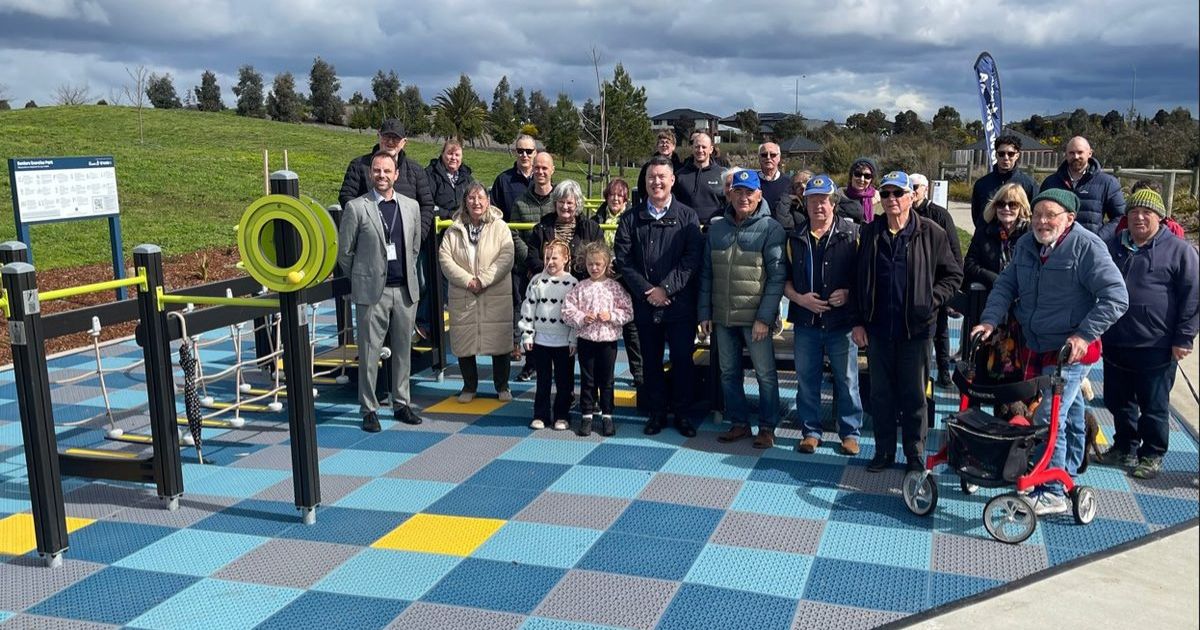From the desk of Roland Rocchiccioli – 5 July

Destroyed: An Aboriginal rock shelter at Juukan Gorge in WA was blown up by a mining company recently, an act Roland calls “heritage vandalism”. Photo: SUPPLIED
If a group of black men and women were to dynamite and raze Rome’s Colosseum, there would, justifiably, be an international outcry. The white fraternity would be baying for blood!
HOWEVER, the same does not apply when the white man destroys the black man’s sacred sites. Mining Company, Rio Tinto, which blasted the 46,000-year old Aboriginal Juukan Gorge rock shelter in Western Australia, should be roundly condemned, subjected to the most virulent public opprobrium, and made to pay millions of dollars in compensation for heritage vandalism.
The Australian Financial Review reports it heard a recording of a Rio Tinto staff meeting during which chief executive, Mr. Chris Salisbury, explained the detonation of the site, clarifying that the apology was for distress caused, and not an admission of guilt, “That’s why we haven’t apologised for the event itself, per se, but apologised for the distress the event caused.” Rio Tinto has repeated its apology to traditional owners for the destruction. Disturbingly, neither the federal Liberal Government, nor the Western Australian Labor Government, has directly criticised the mining giant.
Maternally, I am descended from a distant line of racists, excluding my mother, Beria. One family member said, in defence of the 1788 white occupation, disenfranchisement, and seizure of land, “They didn’t do anything with it, did they? I mean, they didn’t build supermarkets or anything. They just left it vacant?”
The great conundrum, which underpins the searing antipathy between races, remains: When in the annals of history was it decided, and by whom, the mores of white culture are superior to those of the black, in every possible way? Still, today, there are great swathes of the white population who believe, fervently, in white supremacy; the mentality being: ‘If God had meant us to be black, the British would be black’. It is an incomprehensible and, seemingly, ingrained ethos – handed from one generation to the next. Perhaps it dates to the first century BCE and the Roman invasion and conquest of Abyssinia (modern day Ethiopia), and Nubia, from whence the cohorts returned in triumph with a caravan of Nubian slaves.
The world rejoices, archeologically, at the news when a 3000-year-old mosaic is discovered, but one hears barely a murmur at the desecration of much older, but no less significant, Aboriginal sites. There is a white inability, wittingly or unwittingly, to appreciate that a pile of ancient stones has the same deep significance for the Indigenous Australian as the towering cathedral does for the Christians. It is this hubris, coupled with a subconscious witlessness, which provides Rio Tinto, and other environmental delinquents, with the opportunity to destroy with impunity.
I am child of the western Australian goldfields. I have, innocently, walked through a sacred site and felt the overwhelming presence of the spirits of the dead. I have listened to, and heard, the deafening outback silence where the nomadic Wongai people have lived for eons. I have walked for days, and stared in awe at the 20,000-year-old rock paintings in Kakadu National Park, and whose stories remain as a vibrant and relevant today as ever they were; their potency and beauty equal in every way to that of the Sistine Chapel ceiling, or the statue of David.
Before the horrors of Gallipoli and the Western Front, the wide-eyed young Australia’s soldiers stationed in Egypt used the face of the mysterious sphinx in front of the pyramid of Khafre on the Giza Plateau for target practice. The damage is still visible.
In Parramatta, New South Wales, the Royal Oak Hotel, a convict-era pub, and one of Australia’s most historic, has been razed. Built by John Tonks, circa 1830, his father, William, was a First Fleeter who served in the American War of Independence and on-board HMS Sirius — the flagship of the First Fleet, 1788. It has been demolished for the light rail construction.
When will we ever learn?
Roland can be heard on RADIO 3BA, every Monday morning, 10.45 and contacted via [email protected].


















